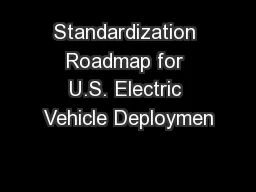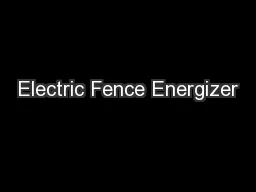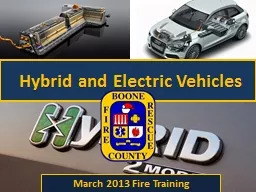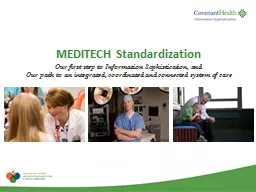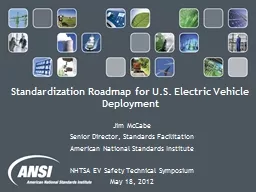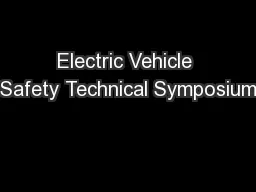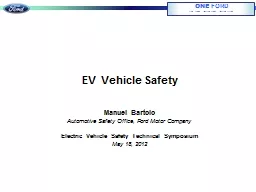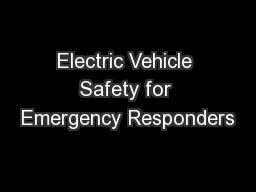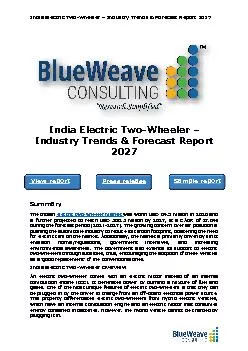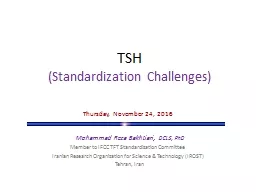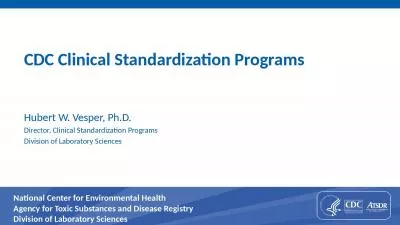PPT-Standardization Roadmap for U.S. Electric Vehicle Deploymen
Author : phoebe-click | Published Date : 2017-01-26
Jim McCabe Senior Director Standards Facilitation American National Standards Institute NHTSA EV Safety Technical Symposium May 18 2012 ANSI EVSP American National
Presentation Embed Code
Download Presentation
Download Presentation The PPT/PDF document "Standardization Roadmap for U.S. Electri..." is the property of its rightful owner. Permission is granted to download and print the materials on this website for personal, non-commercial use only, and to display it on your personal computer provided you do not modify the materials and that you retain all copyright notices contained in the materials. By downloading content from our website, you accept the terms of this agreement.
Standardization Roadmap for U.S. Electric Vehicle Deploymen: Transcript
Download Rules Of Document
"Standardization Roadmap for U.S. Electric Vehicle Deploymen"The content belongs to its owner. You may download and print it for personal use, without modification, and keep all copyright notices. By downloading, you agree to these terms.
Related Documents

